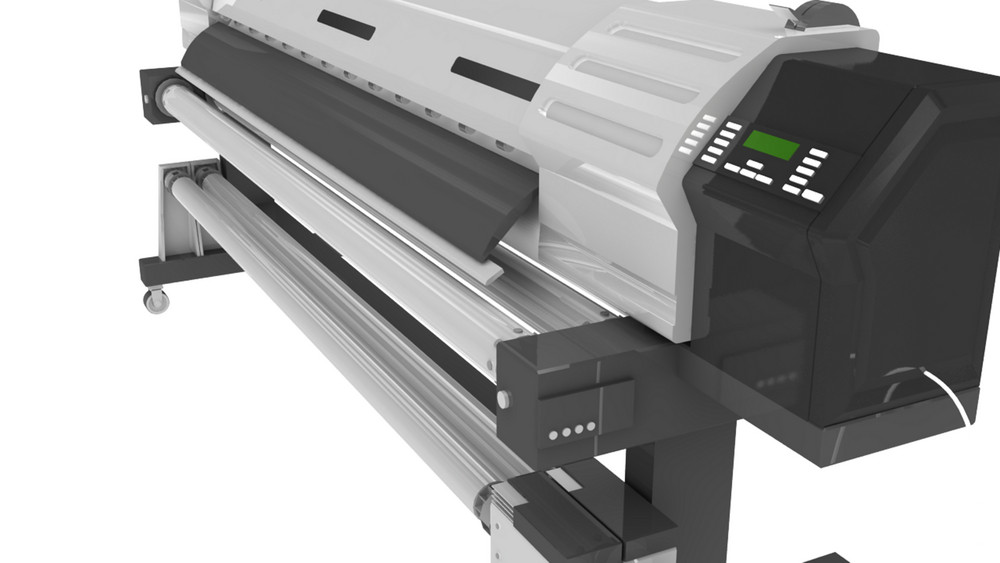Do you need large format printing? If so, there are many things to consider before choosing a company to work with. First, it is important to understand the different types of large format printers that exist. Second, pricing will vary depending on the type of printer used and other factors. Finally, it is important to know what materials you plan on using for your prints to find an appropriate printer for your needs. This article will discuss some of the most common questions people have about large format printing, and much more.
What Is Large Format Printing?
Large format printing is a type of digital printing that uses large, wide rolls of printing material. These prints are designed to be viewed from up close as they often have high-quality detail and sharp images that can’t be seen as well on smaller formats or printed material such as business cards. This larger size makes them popular for posters, banners for construction sites and retail stores, maps, architectural drawings — anything where you need the image to stand out without being too small in comparison with what it’s placed next to.
There are two main types of large format printers: wide-format and roll-to-roll. Wide-format printers produce their images by rolling ink across a large piece of paper or fabric attached to a rotating cylinder. In contrast, roll-to-roll printers use an inkjet printer head to apply droplets of liquid onto sheets as they move through the printing machine.
What Should I Consider When Choosing My Large Format Printer?
If you are to find the best option for large format printing, it’s important to figure out what type of material you want printed on (paper, vinyl, canvas), how much money you’re willing to spend, and what kind of image quality you need. Image quality refers to the level of detail in an image.
What Are the Common Applications of Large Format Printing?
Large format printing is used in various industries to produce large, high-quality prints with crisp detail and vivid colors. The most common applications for this process include:
- Signs and billboards (advertising)
- Product packaging
- Architectural plans and construction drawings
- Fine art reproductions
- Large scale graphics such as posters, banners, or trade show displays
- Court case presentations, among others
What Are the Advantages of Large Format Printing?
- Large, high-quality prints
- Crisp detail
- Vivid colors
- Being able to print on a wide variety of substrates, often including paper and fabric
- They are compatible with many different types of media and can work well in light or dark areas
What Types of Finishes Are Available?
Finishing options depend on the type of media you plan to print on and your needs. The most popular finishes for large format prints are:
- Lamination (a transparent film that protects against scratches that can either be gloss or matte with a thickness of either 3, 5, or 10 mil)
- Varnish (lacquer or acrylic coating to protect and enhance the appearance)
- Spot glossing (a glossy finish applied locally)
- Other options include embossing, debossing, and UV coatings
What Is Needed When Ordering Large Prints?
A quantity estimate will need to be selected based on how many square feet of material you want printed (measurement takes into account height and width). A turnaround time can also be specified depending on your needs (customers may specify “same day” if they are in a rush). Additional specifications such as choosing between paper grades, finishing options, etc., can also be listed when making an order.
Large prints are a wonderful conversation starter and bring life to any space, but they also come with their own set of unique hurdles. Thus, it is important to ensure that the printing company you choose is well-versed in large format printing and has the proper printing equipment for handling large-scale jobs.

